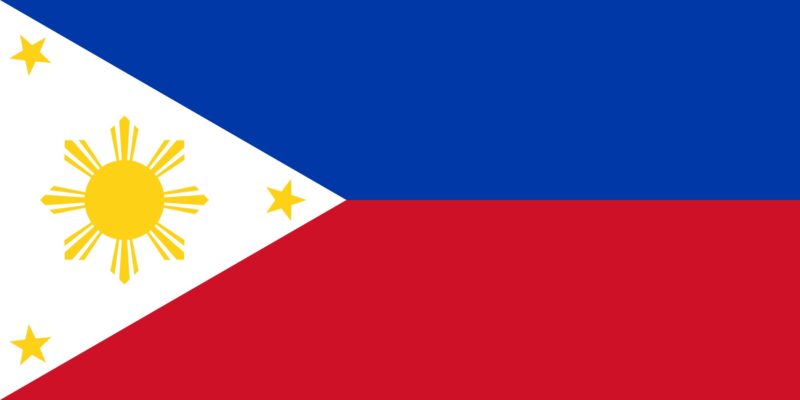● Tropical Depression Jenny is approaching the northern part of Luzon. Heavy rains and strong winds are expected across a wide area of the Philippines due to the effects of both the tropical depression and the southwest monsoon.
● These conditions heighten the risk of flooding and landslides.
● Those planning to travel to or stay in affected areas should stay updated on the latest weather information and take appropriate safety measures.
1. According to the Philippine Atmospheric, Geophysical, and Astronomical Services Administration (PAGASA), a low-pressure system that developed east of Aurora Province on the morning of the 16th has intensified into a tropical depression (Philippine name: Jenny). The tropical depression is currently located about 240 km east of Cagayan Province and is moving westward. It is expected to make landfall in northern Luzon, bringing strong winds and heavy rains to a wide area. Heavy rain is particularly expected in Cagayan, Isabela, Aurora provinces, and the Cordillera Administrative Region (CAR), significantly increasing the risk of flooding and landslides.
Additionally, the southwest monsoon is expected to bring heavy rainfall to regions such as MIMAROPA, Bicol, and Metro Manila. The provinces of Palawan and Western Mindoro are especially at risk from intense rainfall, and local residents and authorities are urged to take necessary precautions.
2. Due to the tropical depression and southwest monsoon, there is a high likelihood of flooding, landslides, and high waves, which could disrupt transportation services. Air and sea travel may be particularly affected, so travelers and residents should remain vigilant.
3. If you are planning to travel to or stay in areas potentially affected by the tropical depression or southwest monsoon, please consult the websites listed below for the latest information. In case of expected severe weather, consider postponing travel, staying indoors, or adjusting your travel routes and schedules to avoid accidents or disasters. If you are already in affected areas, ensure you have flashlights, portable radios, food, and water, and keep emergency contact information handy. Also, confirm the location of evacuation shelters and be prepared to relocate to safer areas if needed. Be aware of potential secondary disasters such as landslides that may occur after heavy rainfall.
[Reference Websites]
• PAGASA (Philippine Atmospheric, Geophysical, and Astronomical Services Administration):
• NDRRMC (Philippine National Disaster Risk Reduction and Management Council):
4. In the event of a disaster, follow the alerts and instructions issued by local authorities to ensure your safety, and promptly inform your family and the nearest Japanese embassy or consulate of your status.





Comment